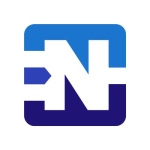I found several features valuable in WatchGuard Application Control such as the HTTP Proxy, DNSWatch, VPN, and HTTPS Content Inspection.
What could be improved in WatchGuard Application Control is its price. It could be cheaper. You always want the best price for any solution, but for security products, pricing is usually on the higher side.
I've been using WatchGuard Application Control for five years now.
WatchGuard Application Control is a stable solution.
WatchGuard Application Control is a scalable solution.
Whenever I need support for WatchGuard Application Control, I'm able to get it from the vendor.
The initial setup for WatchGuard Application Control is easy if you understand its UI and features. I would rate its setup as four out of five.
The licensing model for WatchGuard Application Control is based on the number of users. WatchGuard Application Control also has licensing models with several features.
On a scale of one to five, I would rate the price of this solution a five.
The number of users for WatchGuard Application Control is currently five hundred, in several locations, for several clients.
My advice to others looking into using WatchGuard Application Control is that it's a great solution. It has several features, and every year, WatchGuard implements another solution that complements its security functions. WatchGuard Application Control is always improving through the addition of new features.
My rating for WatchGuard Application Control is nine out of ten because it's a good solution for me.
My company is a partner of WatchGuard.



















